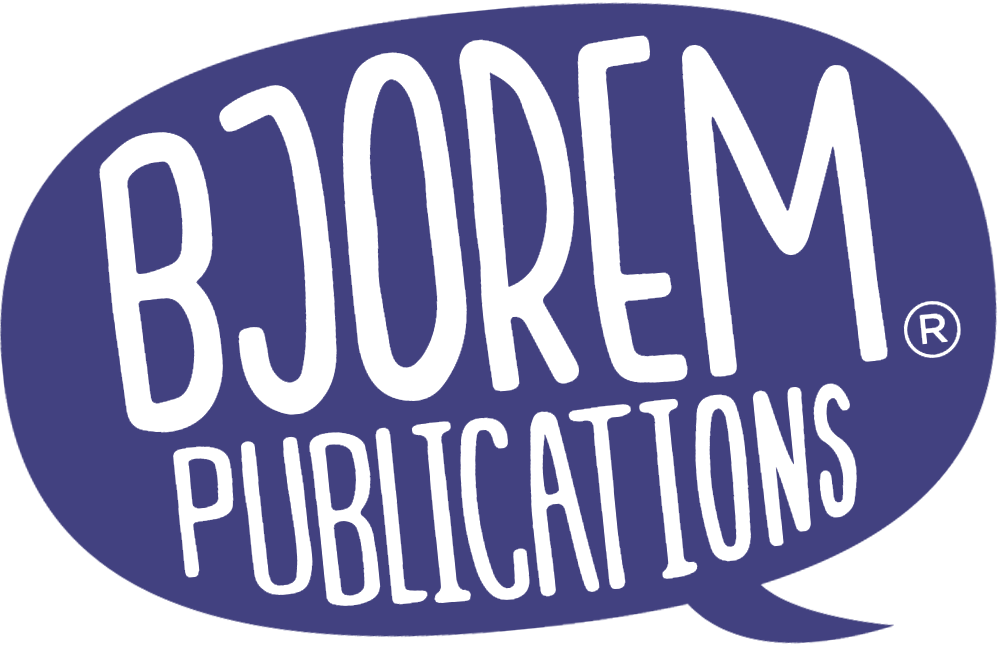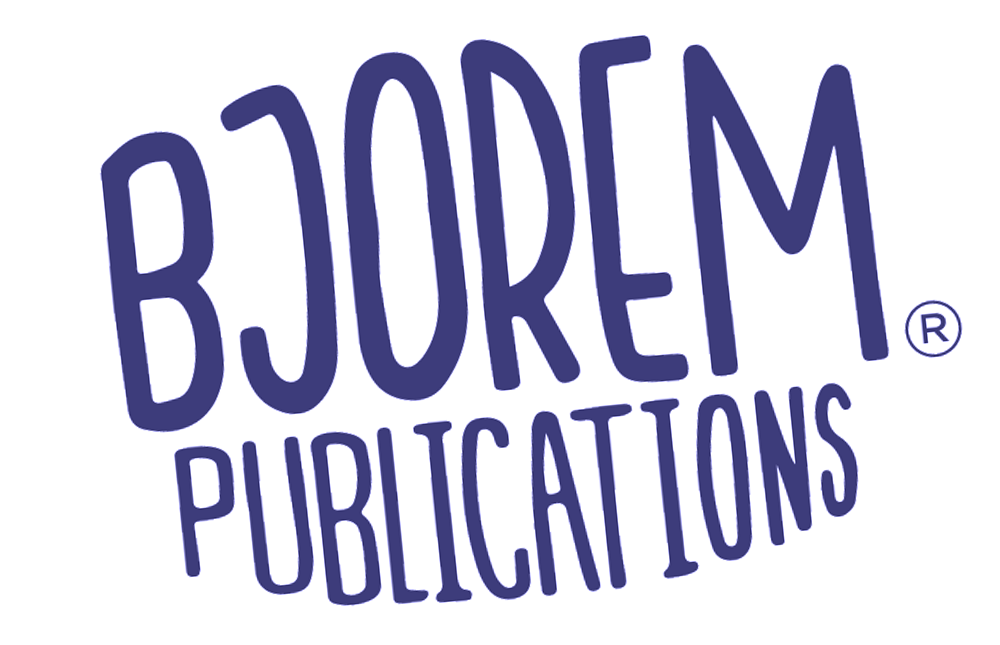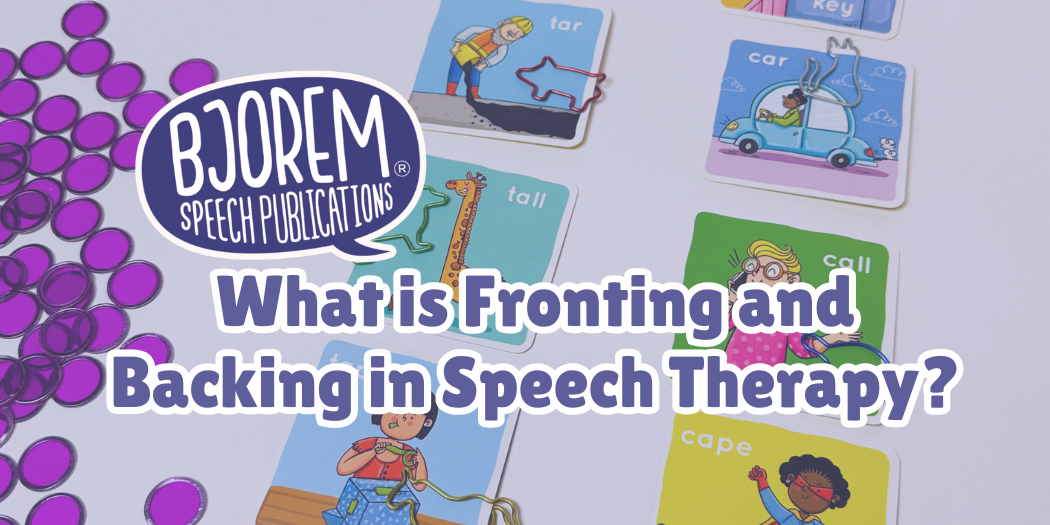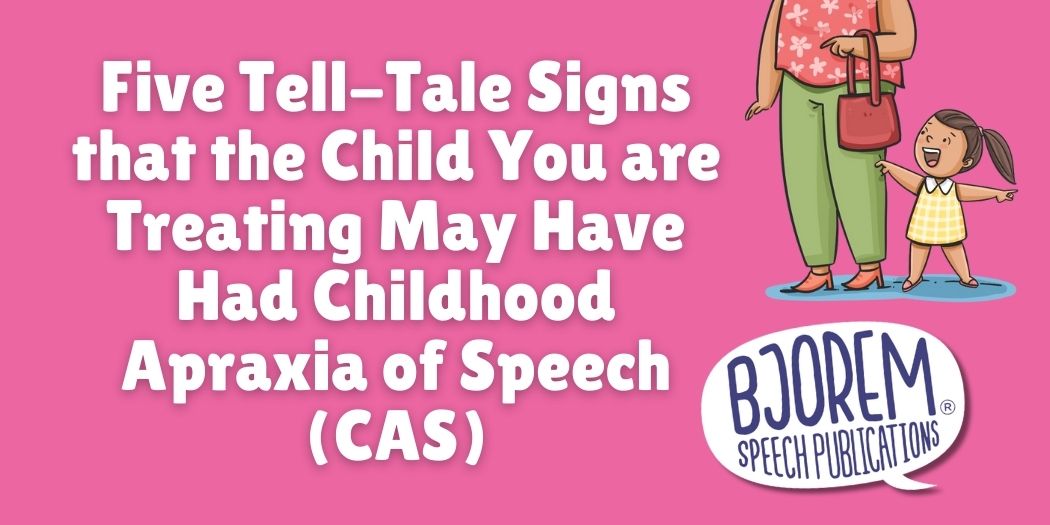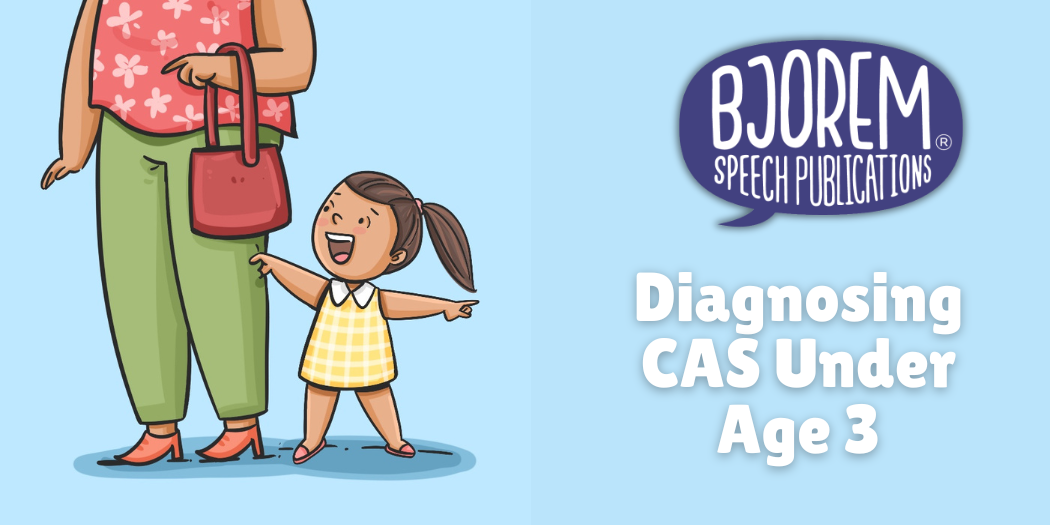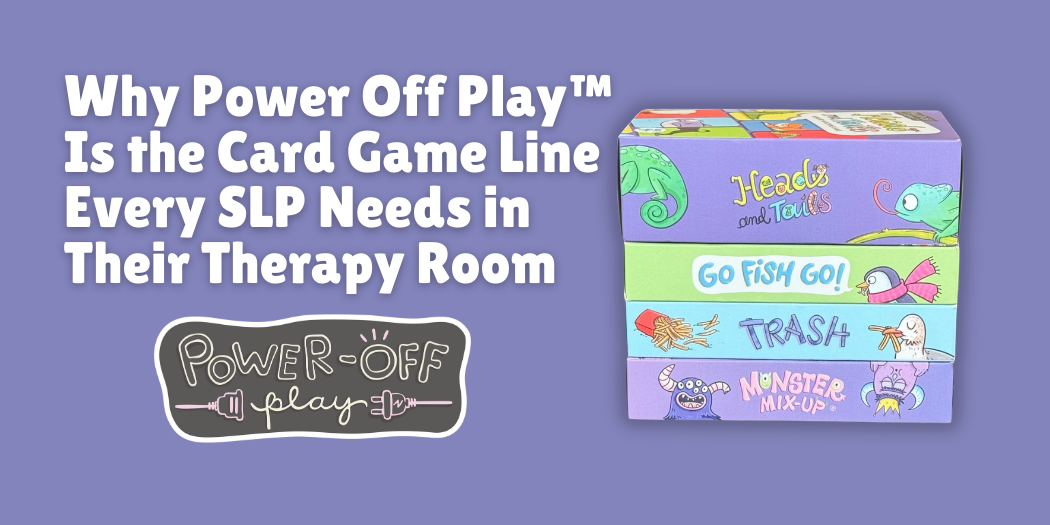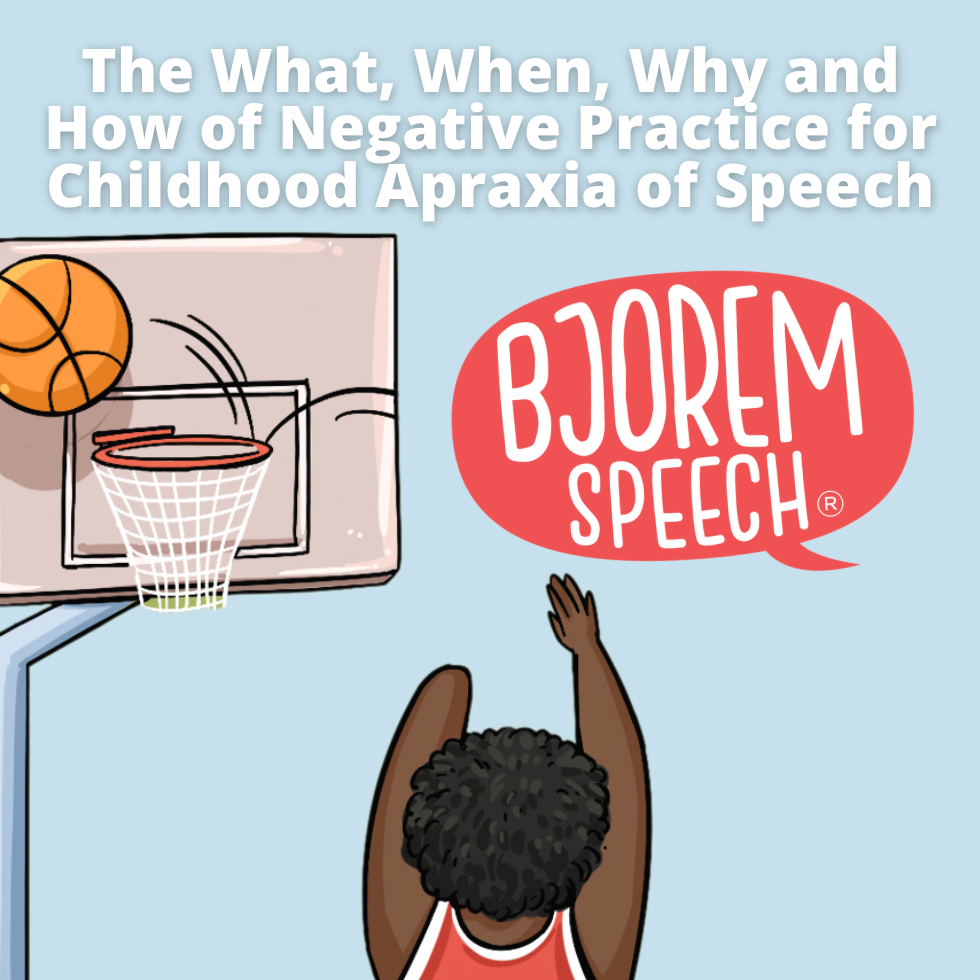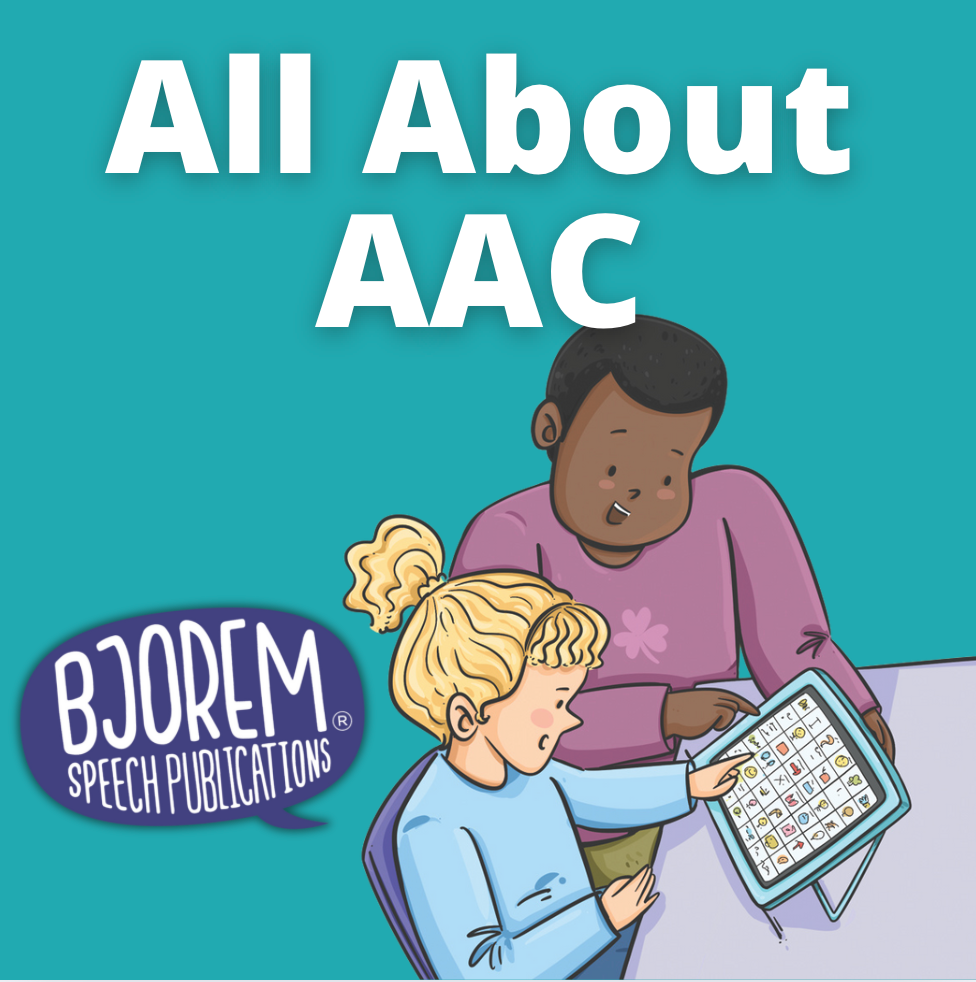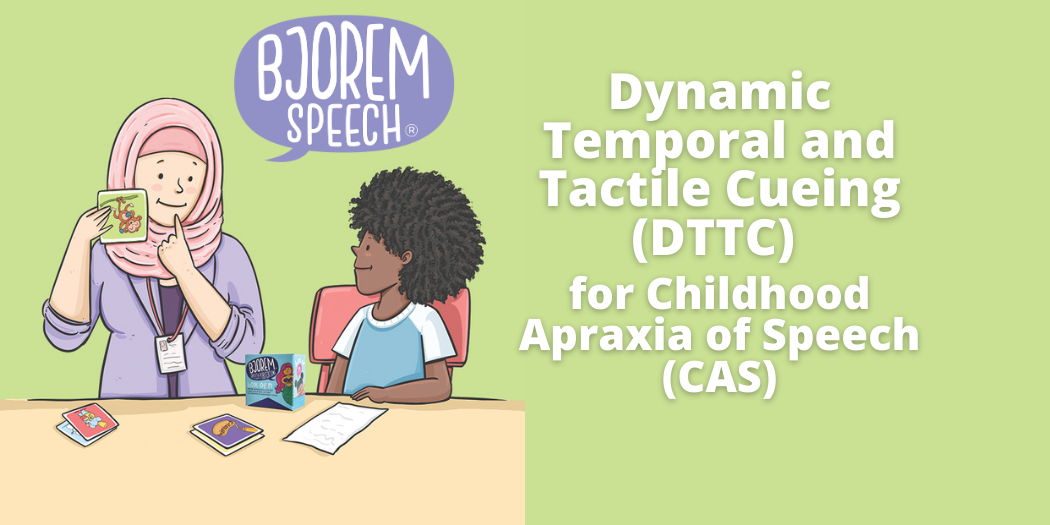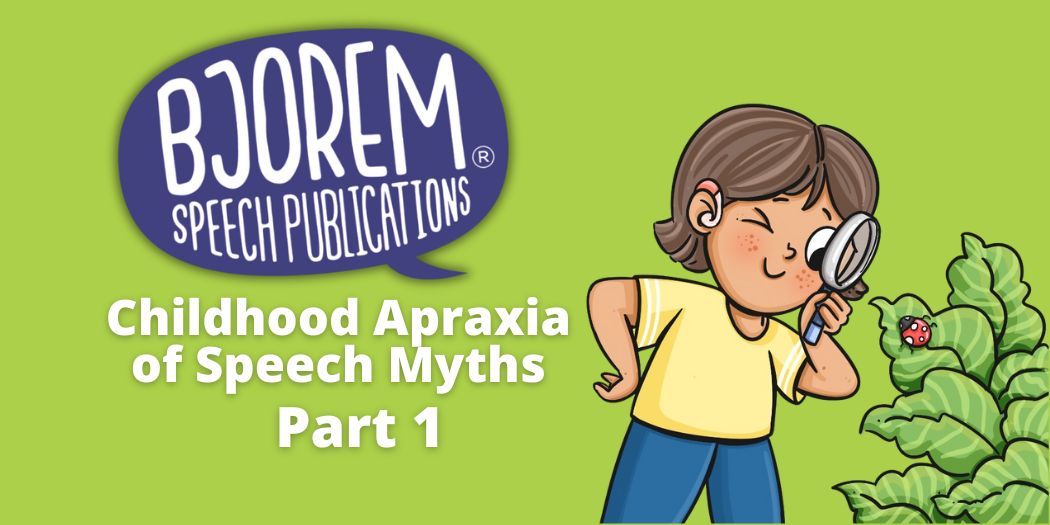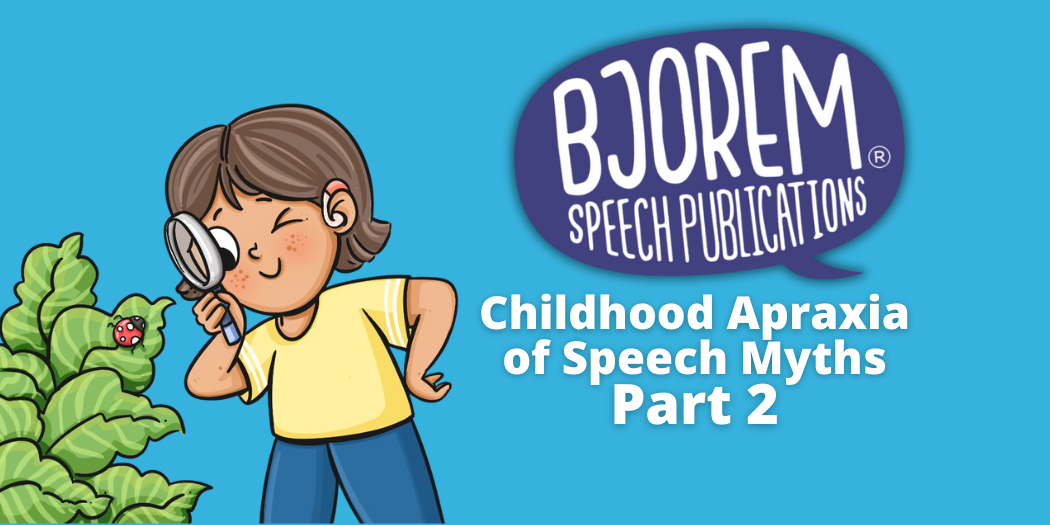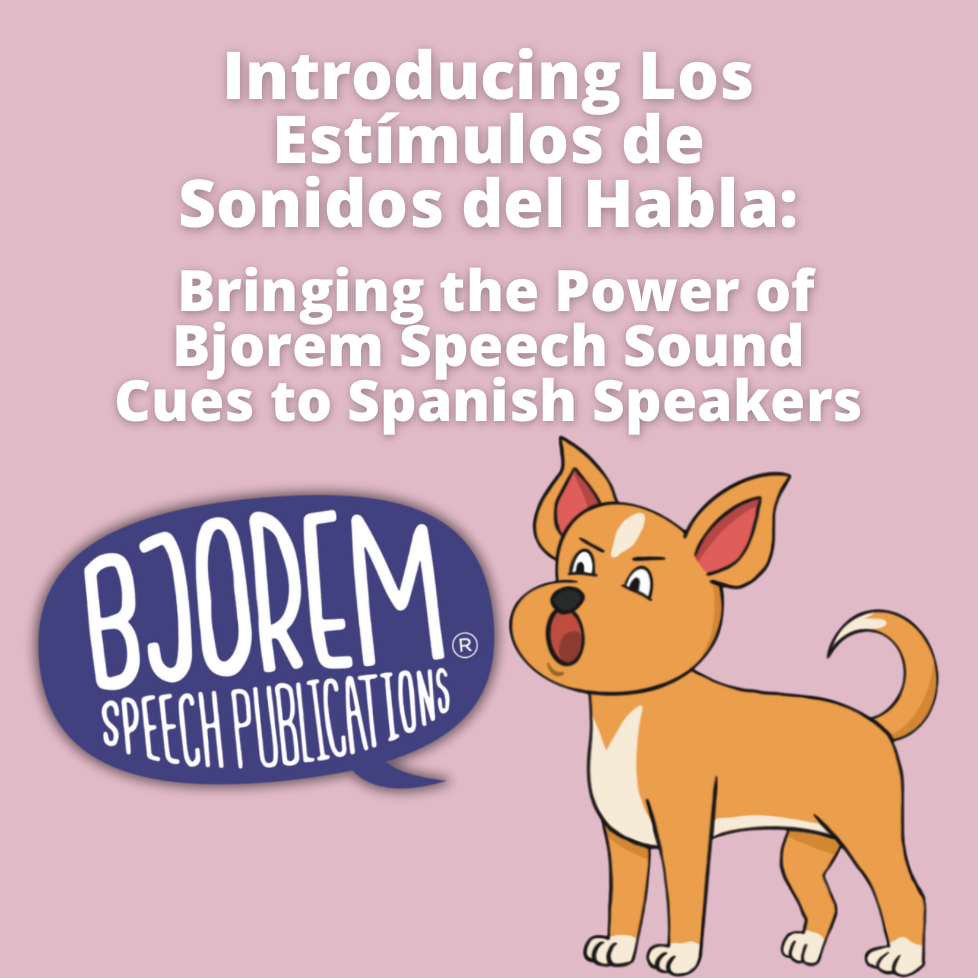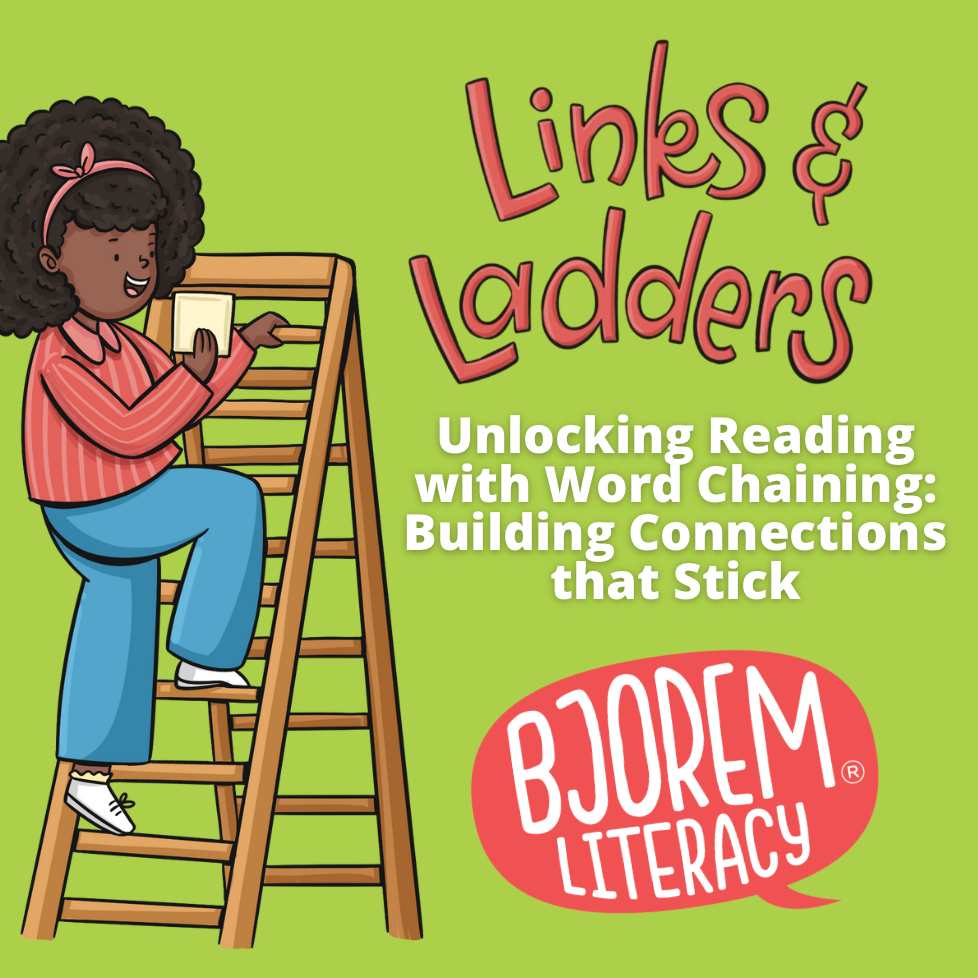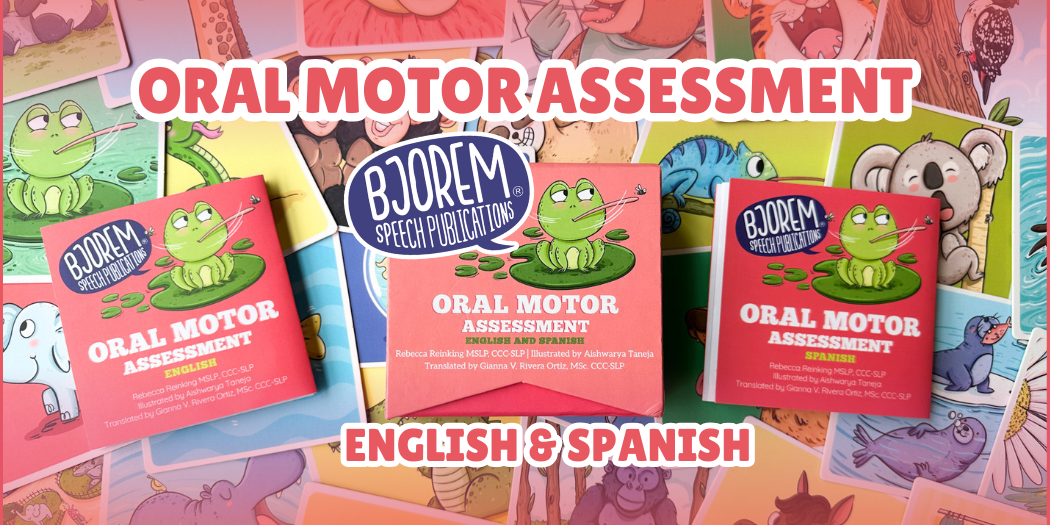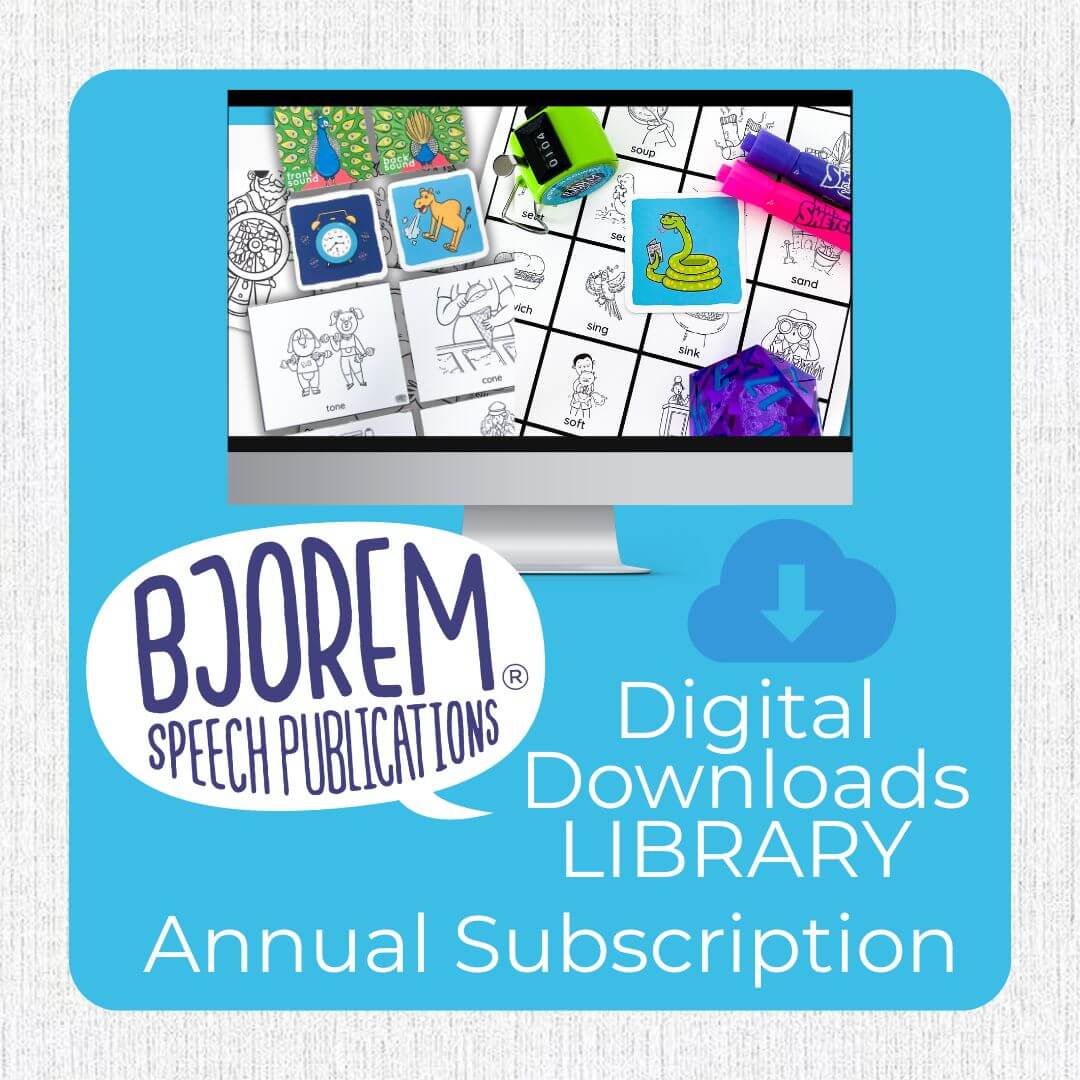
What is Fronting and Backing in Speech Therapy?
If you’ve ever heard a child say “tar” for “car” or “call” for “tall,” you may have witnessed fronting or backing, two common phonological patterns that can impact speech clarity. These patterns are typical in early speech development but can become a concern if they persist beyond the expected age range. Let’s break down what they mean and how speech-language pathologists (SLPs) use evidence-based strategies like minimal pairs and the cycles approach to address them.
Understanding Fronting and Backing
Fronting occurs when a child substitutes sounds that should be made in the back of the mouth (like /k/ or /g/) with sounds made in the front (like /t/ or /d/).
Example:
-
“car” becomes “tar”
-
“go” becomes “dough”
Backing is the opposite, when front sounds are replaced with back sounds.
Example:
-
“top” becomes “cop”
-
“tall” becomes “call”
While fronting is more common in early development, backing is less typical and often considered a red flag if it persists. Both patterns can significantly reduce intelligibility and make it difficult for others to understand the child’s speech.

How the Minimal Pairs Approach Can Help
The minimal pairs approach is a therapy method that uses pairs of words that differ by just one sound, the target sound and the child’s error. For a child who fronts /k/ to /t/, you might use the word pair “key” and “tea.” The goal is to help the child hear the difference between the sounds and understand how changing a sound changes the meaning.
This approach helps:
-
Increase the child’s awareness of sound differences
-
Promote self-correction
-
Teach that accurate sound production matters for being understood
Therapy activities often involve listening tasks, saying the word pairs, and playing games that make the practice meaningful and fun.
Need help with how to implement the minimal pairs approach with this deck?
Watch this quick 60 second video.

How the Cycles Approach Can Help
The cycles approach is ideal for children with multiple phonological errors and reduced intelligibility. Instead of focusing on one sound until it’s mastered, this approach targets several phonological patterns in short, rotating cycles.
Here’s how it works:
-
The SLP identifies consistent error patterns (like fronting or backing)
-
Stimulable target sounds are selected for each pattern
-
Each target sound is practiced for 60 minutes total
-
The cycle moves on to the next target even if the child hasn’t mastered the sound

Each session includes auditory bombardment, target word practice through play, and home practice to reinforce learning. After each cycle, the child is reassessed to determine what to address next.
This approach helps:
-
Improve overall intelligibility
-
Expose the child to a wide range of sounds and patterns
-
Reduce frustration by focusing on patterns rather than perfection
Need help with how to implement the cycles approach with this deck?
Watch this quick 60 second video.

Which Approach is Best?
Both approaches can be effective, and often SLPs will choose based on the child’s specific needs:
-
For mild to moderate phonological issues with a few consistent errors, minimal pairs may be the best fit
-
For children with moderate to severe phonological deficits, especially those who are hard to understand, the cycles approach is often recommended
Sometimes, both approaches are used at different stages of therapy depending on the child’s progress and goals.
Check out this blog post to learn more about Cycles vs. Minimal Pairs.
